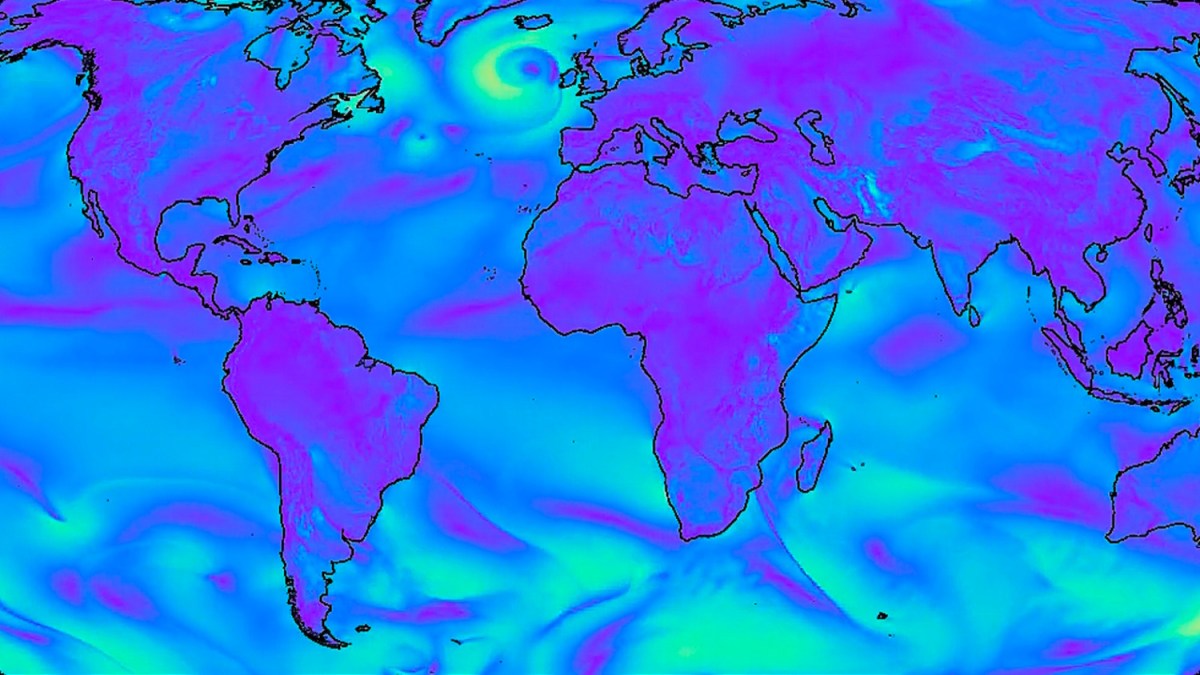Weather prediction is undergoing a transformation with the integration of machine learning models. From immediate rain forecasts to extended 10-day outlooks and even century-level predictions, these technologies are increasingly indispensable for various applications, local news channels, and climate researchers. Despite this advancement, the models still lack a true understanding of weather phenomena.
Traditionally, weather and climate forecasts have heavily relied on meticulously calibrated physics-based models and equations that incorporate observational data. While observation remains fundamental to scientific inquiry, the abundance of historical data now allows for the application of robust AI models across diverse timeframes. Google aims to dominate this field indefinitely.
At the forefront of immediate forecasting, DeepMind’s “nowcasting” models analyze precipitation maps as sequential images to predict the evolution of weather patterns. However, in complex scenarios like the arrival of a cold front or freezing conditions, predictions become more uncertain, requiring extensive radar data analysis.
This distinction highlights how AI-driven weather forecasts, devoid of contextual awareness, operate solely on data-driven analyses rather than a deep comprehension of atmospheric dynamics. Meteorologists, on the other hand, interpret weather events based on physical principles, such as the interaction of weather systems leading to phenomena like fog, hail, or tropical heat.
While some may question the efficacy of AI models that lack a solid theoretical foundation, the practical outcomes speak for themselves, especially in routine forecasting scenarios. Google’s recent unveiling of MetNet-3, a long-term prediction model capable of forecasting up to 24 hours ahead, demonstrates the integration of data from widespread weather stations to provide macro-scale insights for emergency planning and resource allocation.
Expanding into the medium-range forecast window of 7 to 10 days, GraphCast represents a significant advancement in predicting weather patterns globally. By simulating weather phenomena with high detail and speed, GraphCast enhances forecasting accuracy for major weather events, albeit with limitations in localized predictions.
The computational efficiency of AI-based models like GraphCast and ClimSim presents a distinct advantage over traditional physics-based numerical weather prediction models, particularly in handling large-scale weather events and optimizing predictive speed. Collaborative efforts, such as the ClimSim project by the Allen Institute for Artificial Intelligence, leverage machine learning to enhance long-term climate predictions and inform sustainable planning practices.
In conclusion, the fusion of machine learning with weather forecasting offers a promising avenue for enhancing prediction accuracy and efficiency across various timescales. While these AI models may lack a deep understanding of meteorological principles, their data-driven approach complements traditional forecasting methods, providing valuable insights for climate experts and emergency planners alike.






